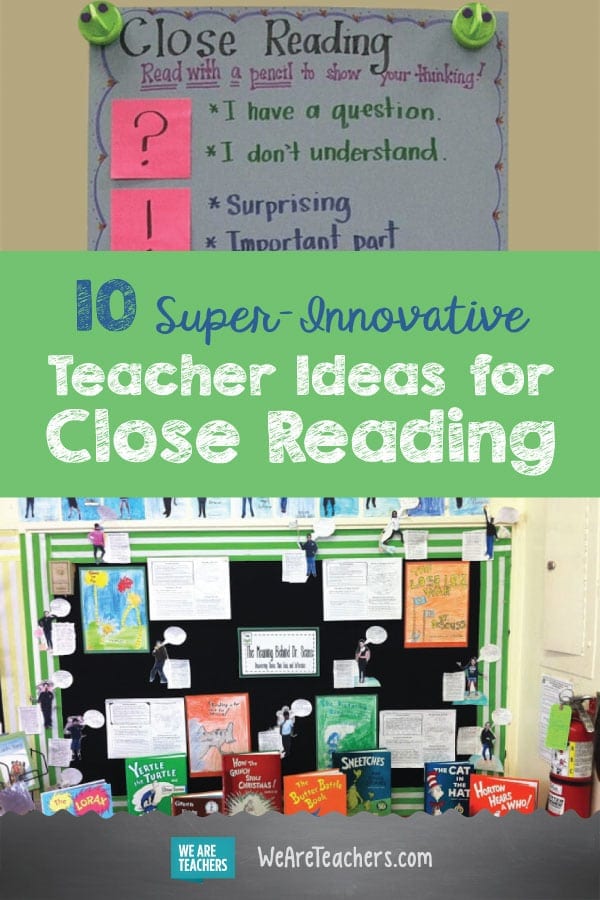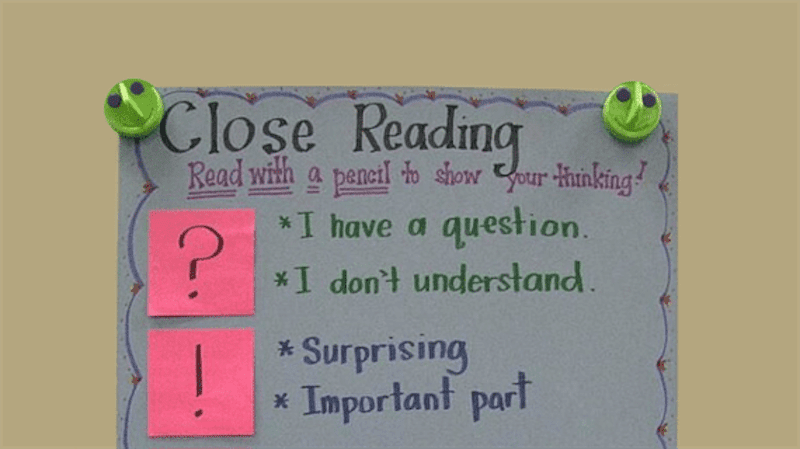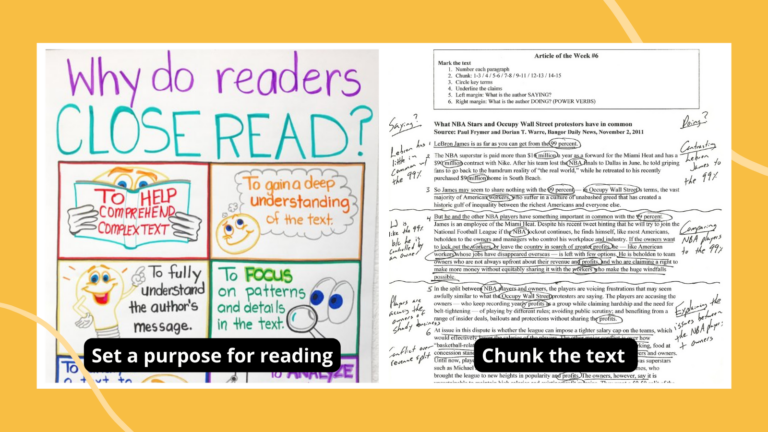Good news. The research shows that teaching students how to close read helps them become better readers. The trick is how to spice it up so that students are applying close reading skills without getting bored. Here are 10 ways to innovate your lessons.
1. Go beyond PIE
At some point during reading, students should be thinking about what the author did and why. Once students have learned the basics (Persuade, Inform, Entertain), expand their thinking about author’s purpose by thinking through how the text makes the reader feel and what the author did to create that response.
2. Talk about sign posts.

SOURCE: Pinterest
If you’re not familiar with the book Notice and Note by Kylene Beers and Bob Probst, it encourages readers to take notice of key “sign posts” throughout the text. This display brings that concept to life in a classroom.
3. Try close reading song lyrics.
The principles behind close reading can be applied to media, songs and videos too. Check out this fun lesson from Read, Write, Think.
4. Keep track of what you’ve learned.

In this blog post, teacher Jessica Tobin explains how she breaks the process of close reading into a four-day lesson, with students keeping track of their progress along the way.
5. Model close reading using this excellent snapguide.
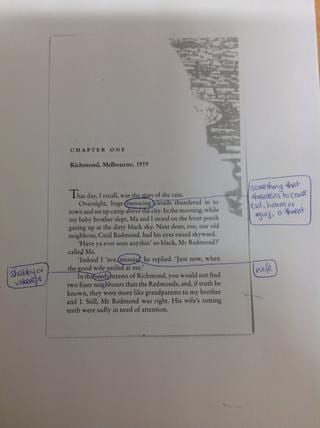
This snapguide is a great resource for teachers and students alike.
6. Try close reading images.
Use cartoons or images to introduce the process, or challenge students to think about how close reading and the thinking that goes into it can be applied another way. Here’s a lesson plan to get you started.
7. Use an Article of the Week with older students.
Part of the reason students struggle with reading is because they lack prior knowledge and background. They can decode the words, but the words remain meaningless without a foundation of knowledge. To help build his students’ prior knowledge, teacher Kelly Gallagher assigns his students an Article of the Week every Monday morning.
8. Have groups of students work together.
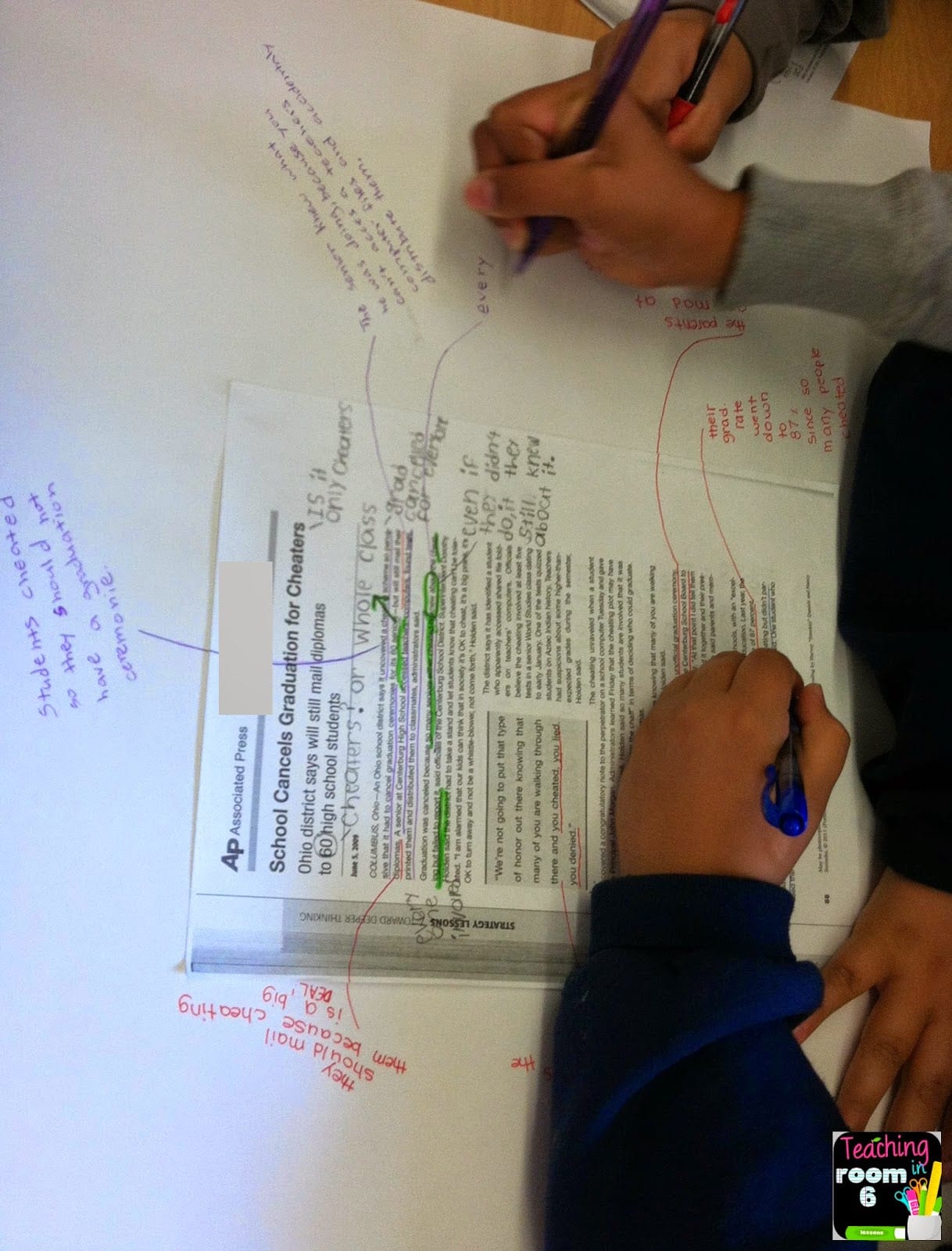
Teaching in Room 6 shares an idea for making close reading even more collaborative with text-based opinion posters. Get students up and moving around by posting a text to close read on a whiteboard or table for them to work on.
9. Increase the text complexity.
If you want to bring your close reading lessons to the next level, challenge students by increasing the ideas that are presented in the text they read. Here’s a fourth grade example.
10. Do an author study.
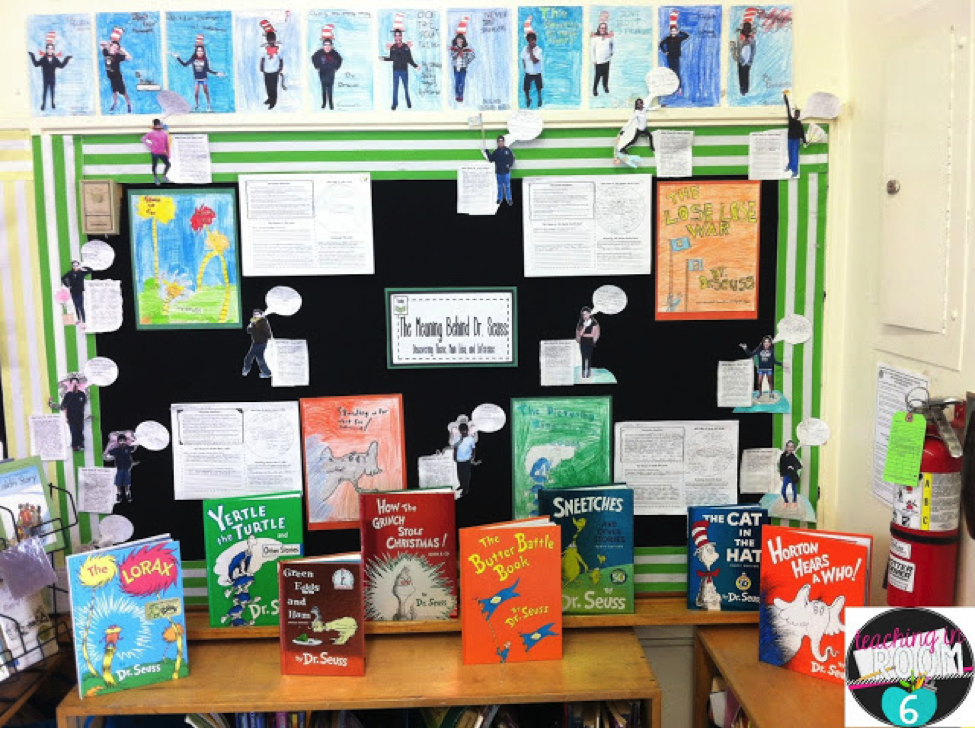
Author studies, like this example from Teaching in Room 6, are a great way to see themes and analyze how a writer approaches language.
What are your favorite ways to teach close reading? Come and share in our WeAreTeachers HELPLINE group on Facebook.
Plus, what is close reading, anyway?
